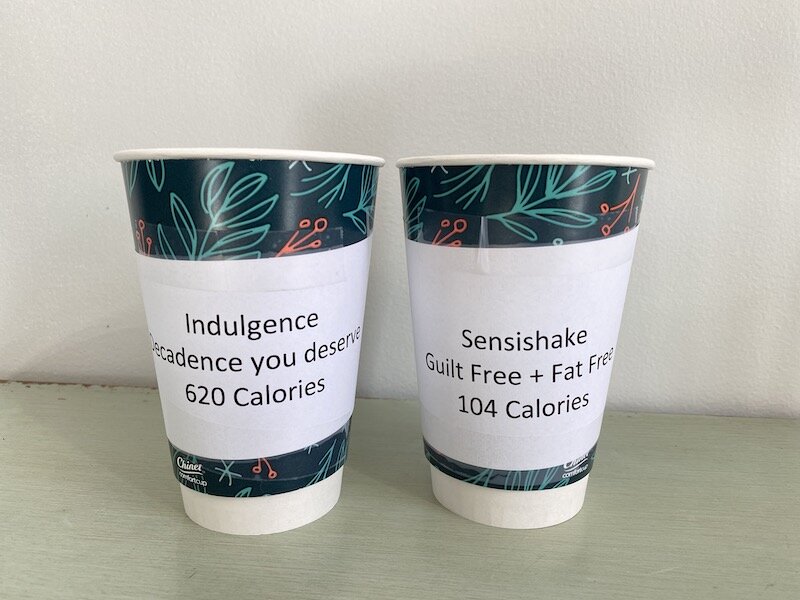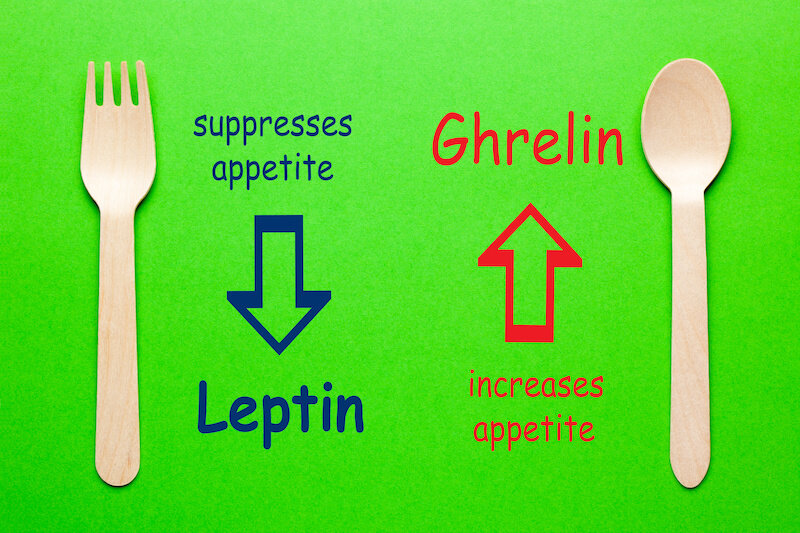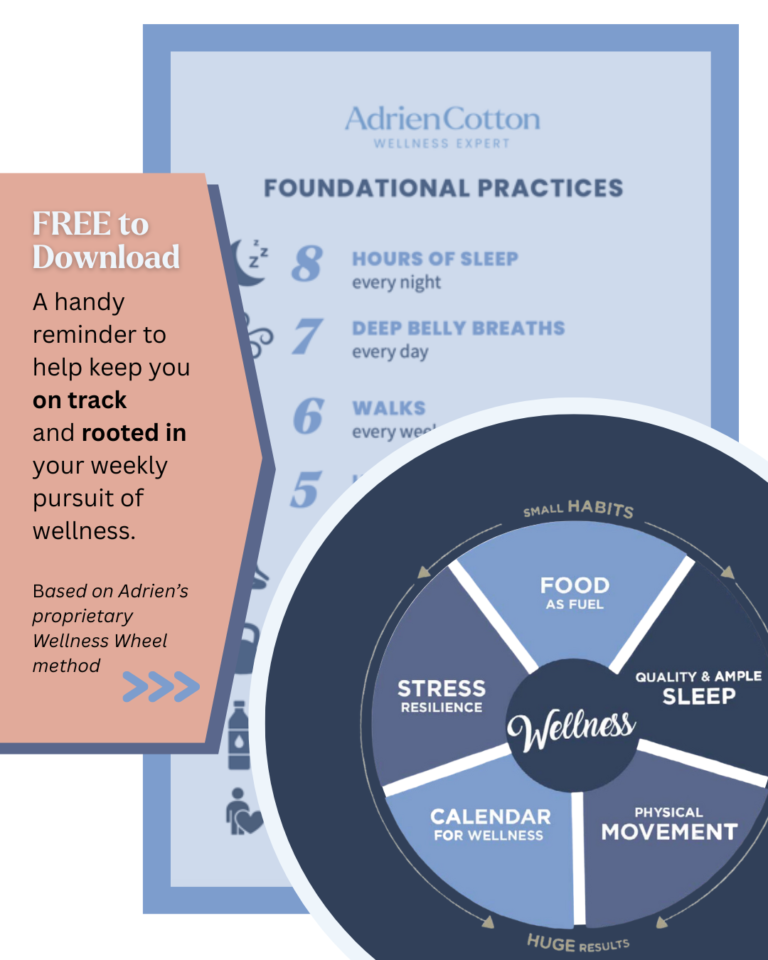Imagine you are at a restaurant… the menu, which includes calorie count, has two different milkshakes. You are really craving a milkshake and will order one. You simply need to determine which one to order.
One milkshake is vanilla and is labeled 620 calories with a description that calls it “indulgent.” The other is also vanilla yet is labeled with 140 calories with the word “sensible” written next to it.

This was a real study, and the findings were astounding. This is especially exciting for me, who is not a huge believer in the food labels manufacturers use, nor in strictly calorie counting.
The study was intended to see if mindset, or better yet, what you believed you were eating, impacted your hunger satiety (satisfaction) and your feeling of fullness. So, does the way you think really impact your food choices – and therefore your waistline?
The “Sensishake,” or 140-calorie option, was advertised as having zero percent fat and zero added sugar.
The “Indulgent” shake, or the 620-calorie version, used the words “incredibly rich” and included enough sugar and fat to account for 620 calories.
In truth, the shakes had 300 calories each.
After consuming the shakes, the medical team tested for ghrelin – a hormone secreted in the gut also known as “the hunger hormone.” When our ghrelin levels in the stomach rise, that signals the brain that it’s time to seek out food. You are hungry.

Another byproduct of ghrelin is that it slows your metabolism. Remember, primally we are humans who are programmed to survive. There was a time when we were hungry, and food wasn’t at our fingertips and on every city corner. So, even today, the body knows to slow metabolism in case you do not find that food.
The participants who consumed the “Indulgent” shake experienced a drop in their ghrelin levels by three times greater than those who consumed the “Sensishake.” So, those who believed they were drinking the indulgent shake, Dr. Crum said, your body responded as if you had consumed much more. And, it was satisfied…

This is how it works: when your ghrelin rises and you have a big meal, your ghrelin levels drop. That signals the mind you have had enough food and it’s time to churn up that metabolism. On the other hand, if you eat a small salad (sound familiar?), your ghrelin levels don’t drop that much, and metabolism doesn’t get triggered in the same way.
“This study shows that mindset can affect feelings of physical satiety,” said lead author Alia J. Crum of the department of psychology at Yale. “The brain was tricked into either feeling full or feeling unsatisfied. That feeling depended on what people believed they were consuming, rather than what they actually were consuming.”
The old metabolic model of thinking in science circles of calories in and calories out needs to be revisited. This calories in calories out formula doesn’t take into consideration our mindset and beliefs. (A similar study was completed using yogurt with the same result: mindset hugely impacts how your body absorbs food.)

Once again, our wellness is much more than physical. It is emotional and a reminder that there is a lot going on underneath the skin that we need to recognize. This is another reason why, ladies, deprivation dieting or depriving yourself of “high calorie” foods does not work.
I don’t think we’ve given enough credit to the role of our beliefs in determining our physiology, our reality. – Dr. Alia Crum
For a long time, scientists thought ghrelin levels fluctuated in response to nutrients ghrelin met in the stomach. Eat a big meal; ghrelin responds one way; put in a small snack and it responds another way. That’s not at all what Dr. Crum found in her milkshake study. As we continue to journey through this spring to find our compass and our relationship with food and our bodies, let this be a gentle reminder that labels aren’t all they’re made up to be.
Stay tuned for our upcoming series – and workshop – I’m hosting on how you can develop a love of your body and yourself!



